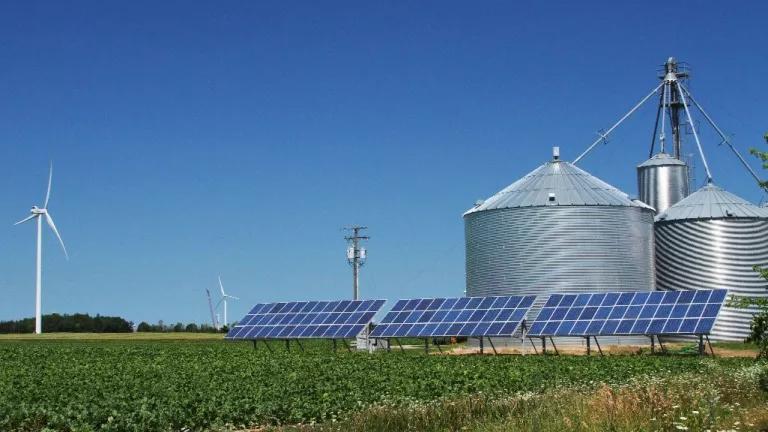Low-carbon liquid fuels are an essential component of the effort to reduce fossil fuel use and achieve necessary reductions in greenhouse gas (GHG) emissions to avert catastrophic climate change. Second-generation biofuels must achieve a lower carbon impact than corn ethanol and avoid the negative environmental impacts of corn ethanol. Failure to deliver on these environmental promises could irreparably damage public policy support for biofuels.
Production of second-generation biofuels is now under way, with three major facilities on track to produce a combined 80 million gallons per year of ethanol from corn stover. Stover is the corn plant residues typically left in the field after corn grain harvest—the cobs, husks, leaves, and stalks. Stover has the advantage of not being a food source like corn itself, and as a by-product of corn production, it has lower production costs. However, corn stover is not “waste.” Some amount of crop residues are essential to return organic matter to farm fields, maintain healthy soils, minimize erosion and water pollution, and sequester carbon. Research shows that a modest portion of stover can be sustainably harvested for biofuel production on flat and highly productive fields, if erosion is under control and harvest amounts are carefully limited. On the other hand, excessive stover removal (or any removal at all on many corn acres) harms the soil, increases erosion, leads to water pollution, increases nutrient applications and pollution, and can reduce the amount of carbon sequestered in soil organic matter.
Research shows that a modest portion of stover can be sustainably harvested for biofuel production on flat and highly productive fields, if erosion is under control and harvest amounts are carefully limited. On the other hand, excessive stover removal (or any removal at all on many corn acres) harms the soil, increases erosion, leads to water pollution, increases nutrient applications and pollution, and can reduce the amount of carbon sequestered in soil organic matter.



